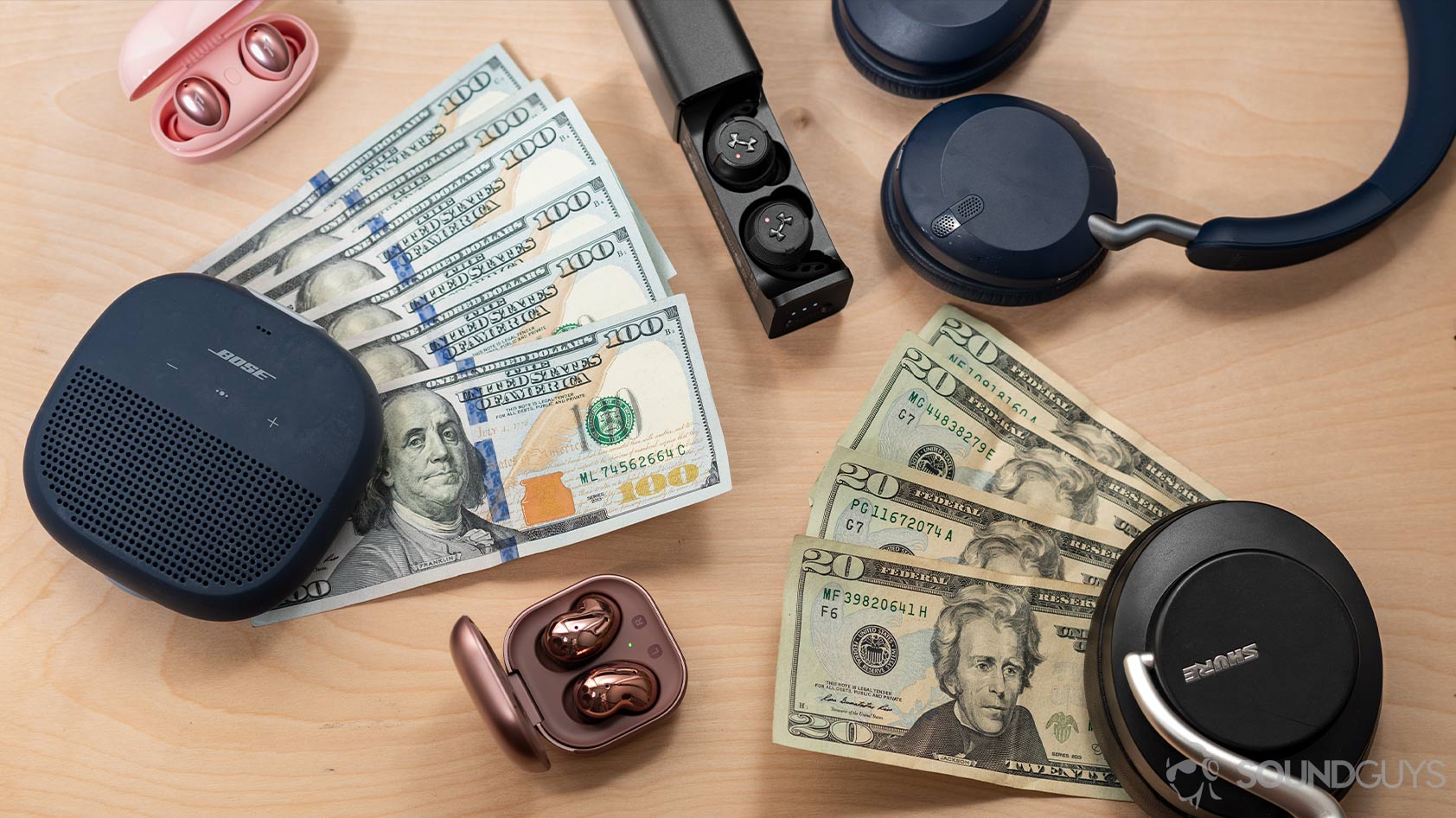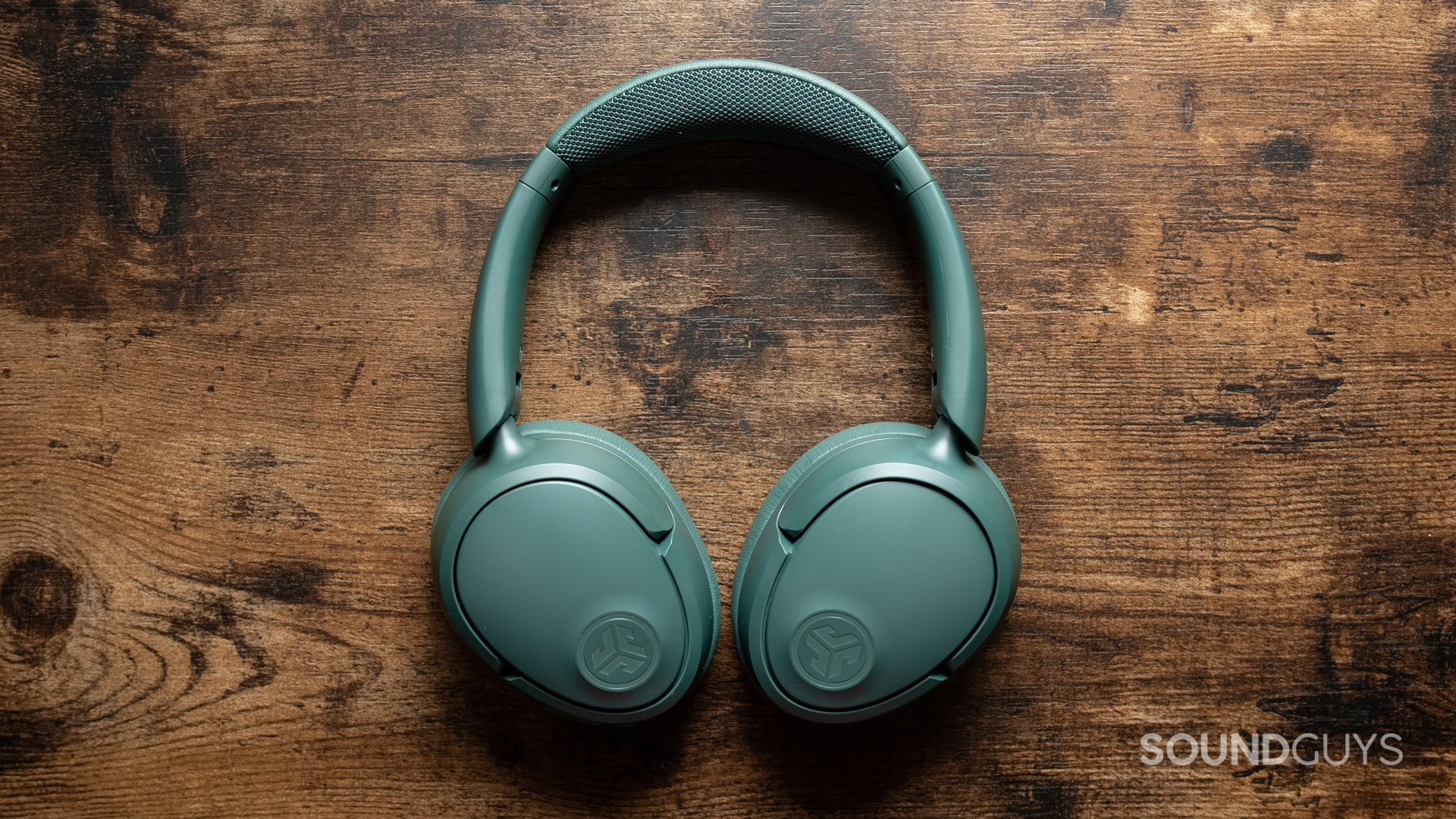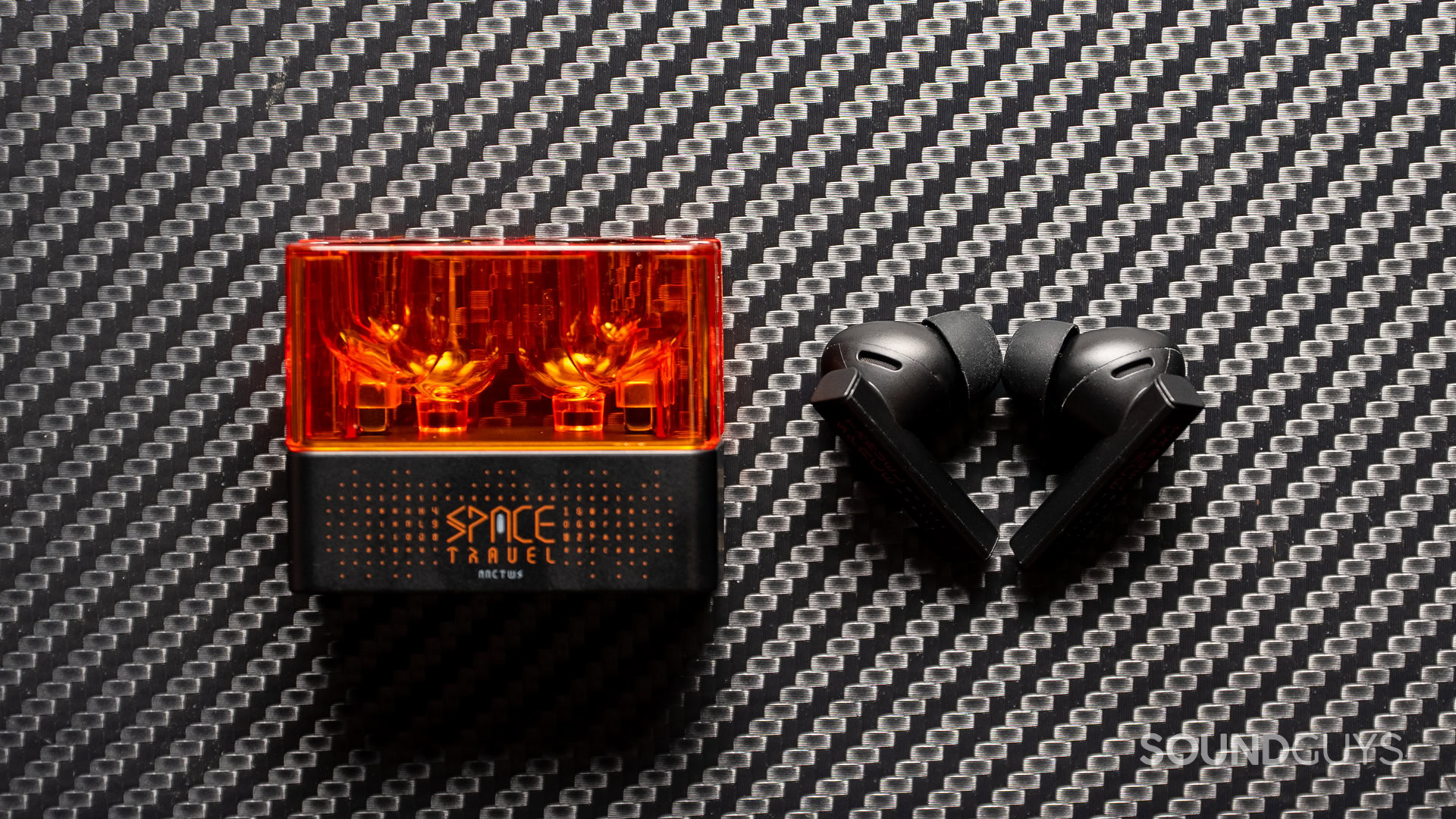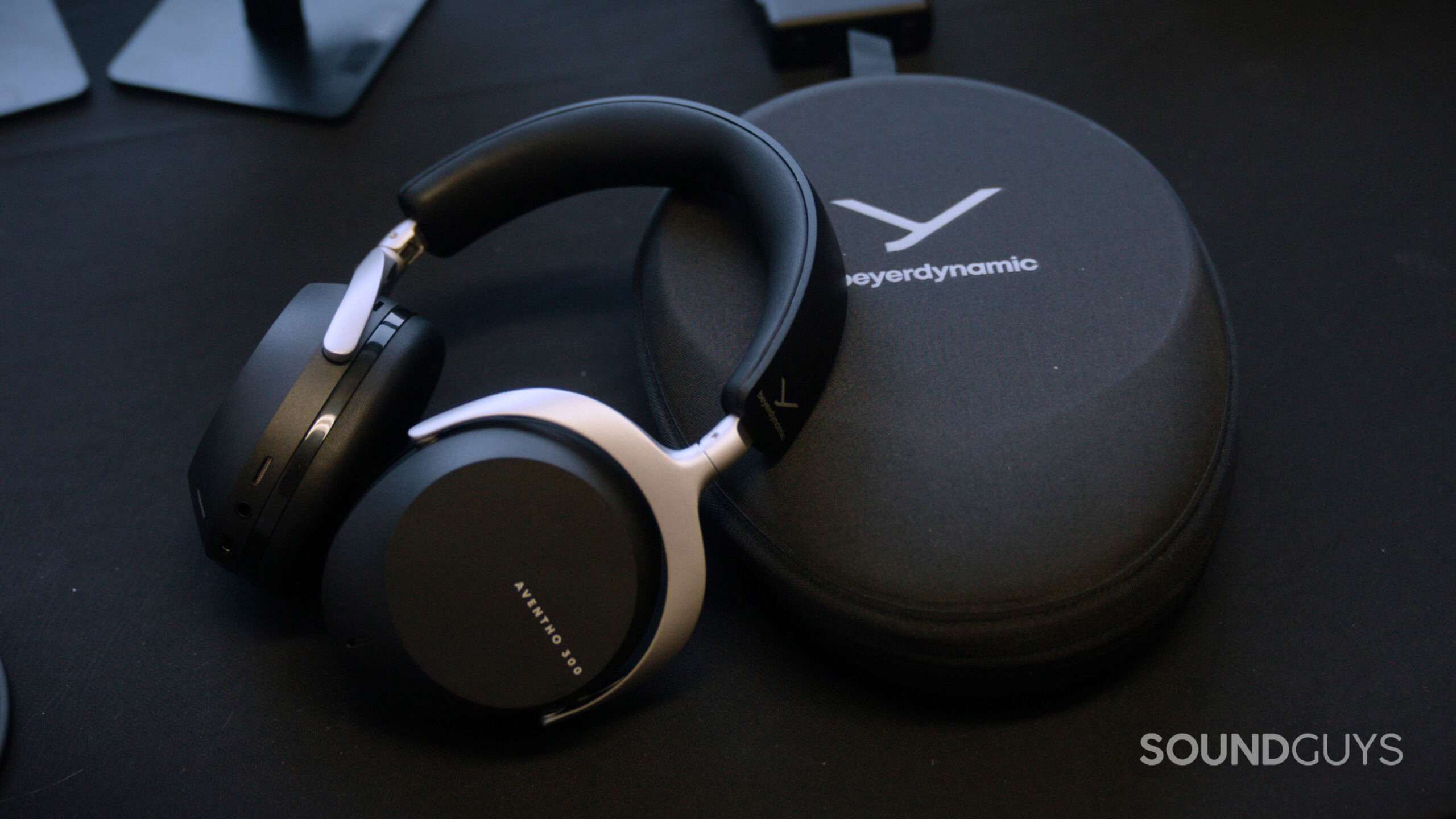All products featured are independently chosen by us. However, SoundGuys may receive a commission on orders placed through its retail links. See our ethics statement.
Why you shouldn't spend more than $100 on headphones
Published onFebruary 1, 2025

Once upon a time, great audio meant spending big bucks on premium headphones. But in 2025, that era is fading fast. Today, you don’t need to drop $300—or even $150—to get a pair of headphones that deliver fantastic sound quality and advanced features like active noise cancelation (ANC). Unless you’re a hardcore audiophile or have highly specific needs, spending more than $100 on headphones is simply overkill. Here’s why you should save your money and just get cheap headphones instead.
How much are you willing to spend on good headphones?
Budget brands are having their moment

When the average person asks me how much they should spend on headphones, I tell them the sweet spot is between $50 and $100. Audio technology has advanced so much in recent years that even budget-friendly brands are catching up to premium players in critical areas. Features like ANC, Bluetooth 5.4, and high-quality codecs like aptX and LDAC are no longer exclusive to flagship models. Companies like Anker, JBL, EarFun, and JLab are releasing headphones under $100 that excel in all these areas and come with robust companion apps for EQ customization.
Today's budget cans make $300 headphones hard to justify.
Take the recent JLab JBuds Lux ANC, for example. For only $79.99 at Amazon, you get ANC good enough to hush the notice of daily commutes, reliable transparency mode, almost two full days of battery life, and surprisingly decent sound with the option for USB-wired listening. Really, you’d be hard-pressed to find a better price-to-performance ratio.
But even older sub-$100 headphones still hold up today. Take the tried-and-true Audio-Technica ATH-M40x ($99 at Amazon), which has durable materials like metal headbands and reinforced hinges, pleasant sound quality, and plenty of accessories. As far as studio headphones go, they are more than most aspiring creatives need for a late-night editing session.
No matter your use case, you can find headphones under $100 that check all the boxes you’re looking for. Of course, the biggest box for most people is sound quality, and many people believe that it scales with the price tag. So, let’s dispel that myth next.
Premium price ≠ premium sound

Let’s tackle a widespread belief: the idea that more expensive headphones inherently deliver better sound quality. In truth, for almost 10 years, we’ve known that there’s no correlation between headphone frequency response and retail price. There are plenty of relatively cheap models that match what audio experts would consider ideal, as well as very expensive ones that deviate significantly from their desired sound balance. Moreover, most untrained listeners (which is the majority of people) simply won’t hear a $200 difference when listening to Spotify or YouTube Music, especially with compressed audio files.
Our lab tests prove even cheap headphones can outperform the expensive guys.
Additionally, the MDAQS (Multi-Dimensional Audio Quality Score) results we’ve gathered over the past year of testing in our lab show that many budget headphones and earbuds score remarkably high in sound quality, often matching or surpassing premium options. For example, the JLab JBuds Lux ANC scored an impressive 4.5/5 in overall sound quality, while the $399 Sony WH-1000XM5 scored a lower 4.2/5. And even if the numbers were reversed, it’s a negligible difference that most untrained listeners wouldn’t notice in daily use. The same can be said for the ANC capabilities, with the JLab JBuds Lux attenuating 80% of perceived outside noise compared to Sony’s slightly higher 84%
There’s no denying that flagship headphones like the Sony WH-1000XM5 or Bose QuietComfort Ultra pack cutting-edge technology. However, for casual listening—whether streaming music on the bus, taking calls at home, or enjoying a podcast—budget headphones deliver all the functionality you really need.
What you’re really paying for (and why you probably don’t need it)

So what exactly are you paying for with those extra hundreds of dollars for flagship headphones?
Premium headphones typically come with fancier companion apps packed with elaborate EQ settings—but honestly, I find that most people never touch these after the first week. You might get creature comforts like metal construction instead of plastic and leather or mesh earpads instead of pleather. These are nice-to-haves but not necessary. You may also get a longer warranty, but even still, replacing an $80 pair of headphones every two years would still cost less than one $300+ pair—and you’d get to upgrade to newer technology along the way.
Are you paying for the logo, or the tech?
For iPhone users tempted by the uber-expensive AirPods Max, consider this instead: the Beats Studio Pro frequently sells for under $100 on sale and offers nearly identical Apple integration. But it’s not the same statement piece, is it? Well, knowing what we now know, what kind of statement are you really making? That you paid for the brand recognition, not the performance.
Think of it like buying a car: Sure, a luxury vehicle offers premium materials and fancy features, but a reliable mid-range sedan will get you to work just as effectively. In 2025’s headphone market, sub-$100 models are that reliable sedan—delivering everything you actually need without the premium markup.
Save your cash, not your expectations
Unless you’re a professional audio engineer or an audiophile forever chasing your “perfect” sound, it’s hard to justify spending more than $100 on headphones in today’s market. Budget models have come so far that they now meet or exceed the expectations of the average listener. Before you drop $300 on the latest flagship model, ask yourself: Do you really need all those extra features, or are you just paying for hype? Chances are, you’ll be just as happy—and your wallet will be much happier—with a more affordable pair of headphones.